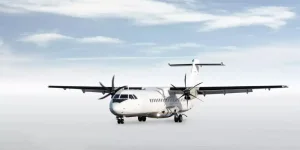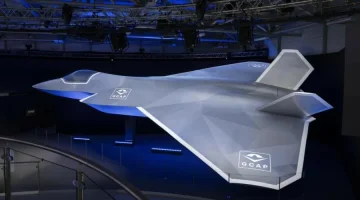- Views: 4K
- Replies: 17

India is gearing up to take a significant leap in the aviation industry with the National Aerospace Laboratories' (NAL) ambitious Regional Transport Aircraft (RTA) program. The conceptual design of the RTA-90 is nearing completion, and the Project Definition Phase (PDP) is well underway, setting the stage for India's first homegrown regional aircraft.
Civil Aviation Minister KR Naidu has reaffirmed the government's strong support for indigenous aircraft manufacturing. The development of the RTA is a key part of this self-reliance initiative. NAL estimates the project will require an investment of approximately $2 billion and is likely to be executed through a special-purpose vehicle (SPV) to ensure efficient management.
Collaboration is at the heart of this ambitious endeavor. NAL will lead the design and development efforts, while Hindustan Aeronautics Limited (HAL) will contribute its expertise in engine and avionics production. The program may also involve sourcing components from Western manufacturers, ensuring access to cutting-edge technology.
The RTA program is expected to follow a phased approach, starting with a propeller-powered variant before moving on to a jet-powered version. This strategic approach allows for a more manageable development process and the opportunity to accumulate valuable experience.
Manufacturing the RTA will primarily take place in India, with HAL and private sector companies playing a crucial role. India's growing pool of private sector companies, already supplying components to major aircraft manufacturers like Boeing and Airbus, will be instrumental in ensuring efficient production.
The RTA program is a pivotal moment for Indian aviation. The successful development and production of this aircraft will significantly boost India's self-reliance in the aerospace sector. The RTA also holds the potential to create significant economic opportunities, catering to the growing demand for regional air travel within India and potentially becoming a competitive export product. The RTA-90 is not just an aircraft; it's a symbol of India's ambition and technological prowess in the aviation industry.



